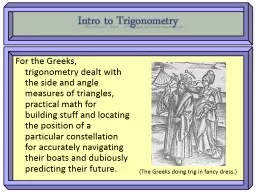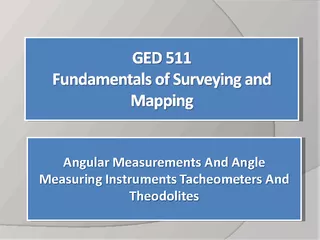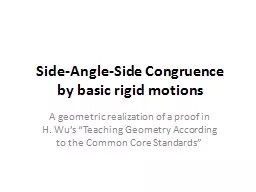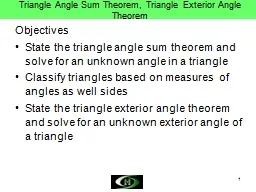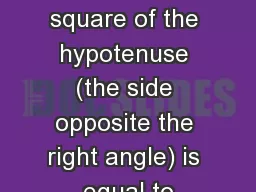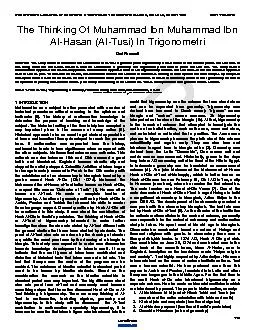PPT-Intro to Trigonometry For the Greeks, trigonometry dealt with the side and angle measures
Author : mitsue-stanley | Published Date : 2018-11-06
The Greeks doing trig in fancy dress Intro to Trigonometry For those later influenced by Greek mathematics trigonometry deals with periodic functions whose graphs
Presentation Embed Code
Download Presentation
Download Presentation The PPT/PDF document "Intro to Trigonometry For the Greeks, tr..." is the property of its rightful owner. Permission is granted to download and print the materials on this website for personal, non-commercial use only, and to display it on your personal computer provided you do not modify the materials and that you retain all copyright notices contained in the materials. By downloading content from our website, you accept the terms of this agreement.
Intro to Trigonometry For the Greeks, trigonometry dealt with the side and angle measures: Transcript
Download Rules Of Document
"Intro to Trigonometry For the Greeks, trigonometry dealt with the side and angle measures"The content belongs to its owner. You may download and print it for personal use, without modification, and keep all copyright notices. By downloading, you agree to these terms.
Related Documents

